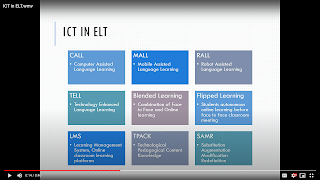MEETING 1
Society Growth
- Hunting society
The time when mankind survive on hunting and gathering. They'll move once the food is increasingly scarce. - Agrarian society
Mankind no longer depends on seasonal food, they grew their own lifestck and started to build villages - Industrial society
The invention of steam machine allowed us to mass produce and mass transport human and goods - information society
Computer started to emerge into our everyday life, information becomes viable commodity - Super smart society
Society 5.0, where people become dependent on technologies and flow of data
Generations
- Traditionalists (1922-1945)
Generation that had not been in touch with digital technology for long enough, they don't rely on it. If you ask them to grow crops, they had it in the bag. - Baby boomers (1946-1964)
Very idealistic and relatively closed-minded towards technological advancement. - Generation X (1965-1980)
Transition between the boomers and millennials. They're generally rebellious towards society, especially in their youth. - Generation Y / Millennials (1981-1994)
Gen X and Gen Y brought technology in its current state. - Gen Z (1995-2010)
Very technology dependent, and mostly tech-savvy. They interact with electronics better than with their own kind.
- Web 1.0
Static HTML (simple web-page), capable of: email, forum, chat. These are the simplest version unlike what we have today. Static HTML can run on low bandwidth (low speed internet) and old technologies (hardwares). - Web 2.0
Dynamic HTML, capable of more advanced services that run on static HTML. - Web 3.0
Capable of cloud computing (data synchronization between devices).
The Seven Cognitives
- Critical thinking-and-Doing
- Creativity
- Collaboration
- Cross-cultural understanding
- Communication
- Computing
- Career & Learning Self-reliance
- Critical Thinking and Evaluation
- Collaboration
- Creativity
- Communication and Netiquette
- Finding and Selecting Information
- Digital Culture
- Online Safety Skills
- Functional Skills
MEETING 2
ICT IN ELT
ICT in ELT is the utilization of technological advancement in teaching and learning English. There are several categories in ICT:
- CALL (Computer Assisted Language Learning)
- MALL (Mobile Assisted Language Learning)
- RALL (Robot Assisted/AI Language Learning)
- TELL (Technology Enhanced Language Learning)
- Blended Learning (Mixture between face-to-face and online learning)
- Flipped Learning (Students autonomous online learning before face-to-face classroom meeting)
- LMS (Learning Management System)
- TPACK (Technological Pedagogical Content Knowledge)
- SAMR (Substitution Augmentation Modification Redefinition)
ICT Tools and Softwares
Blended Teaching and Learning is a mixture method to teach both online and face-to-face participants within a new normal.
Technology Enhance Language Learning is Language learning that is strengthen by modern technology (hardware, software, AI, etc)












Comments
Post a Comment